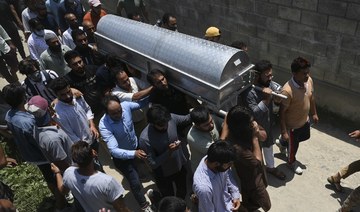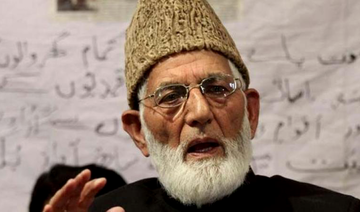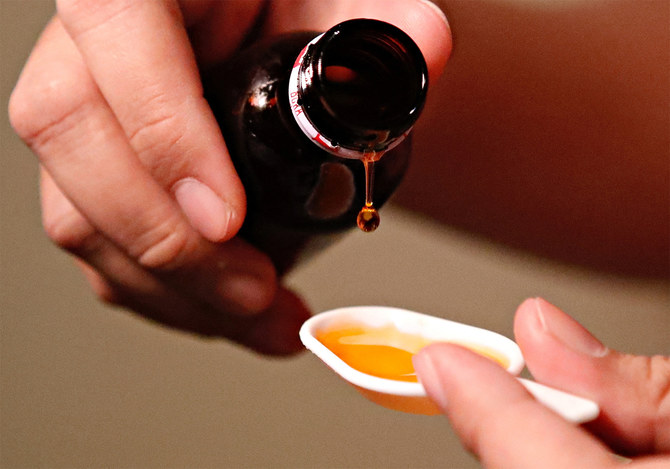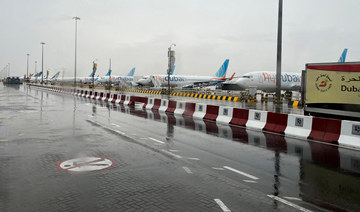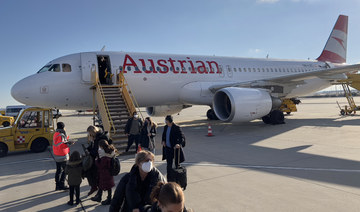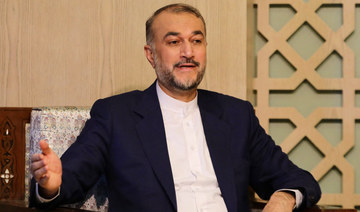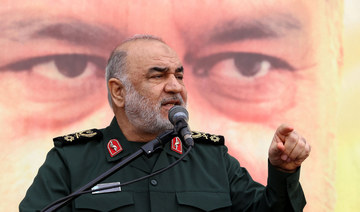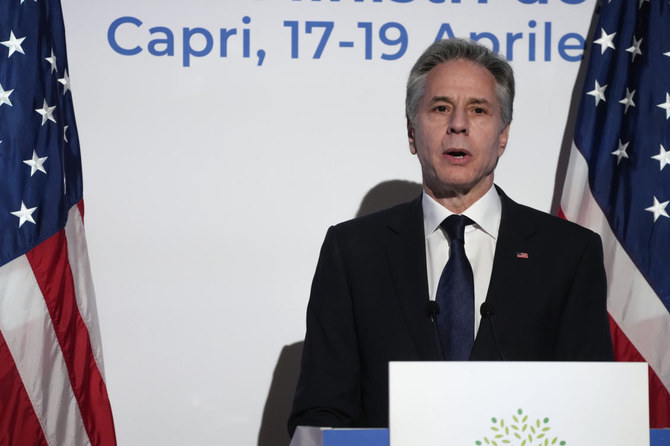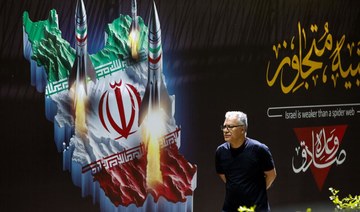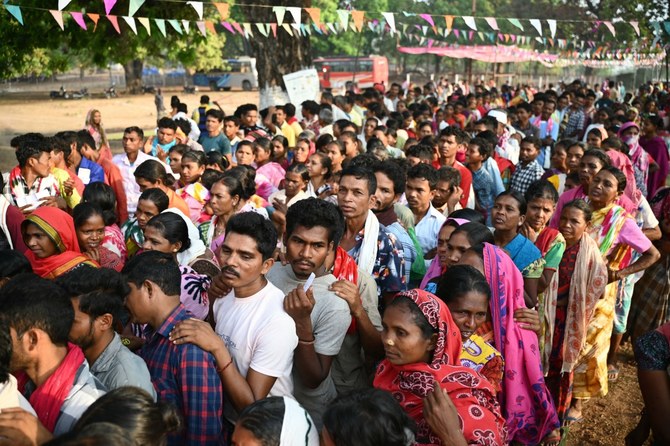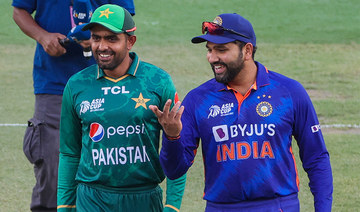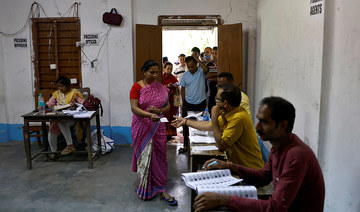NEW DELHI: The heart-wrenching image of a young boy sitting on top of the blood-soaked body of an older man in the middle of a road, following an encounter between security forces and militants, was taken in the aftermath of a clash in Sopore, nearly 50 kilometers north of Srinagar, capital of Indian-administered Kashmir, the Central Reserve Police Force (CRPF) said on Wednesday.
The man has been identified as 51-year-old Bashir Ahmed Khan, who was traveling with his 3-year-old grandson from Srinagar to Handwara town, when the two were caught in the crossfire.
“A civilian vehicle which was coming from Sopore to Kupwara was caught in the firing range of terrorists. An old man who was driving the vehicle stopped the car and got down from the vehicle to move away for a safe spot but was killed by terrorists. Later, the young boy was rescued by security forces who took position nearby,” a CRPF statement said.
It added that one CRPF member was also killed in the incident, while three others were critically injured.
Khan’s family, however, disputed the CPRF’s statement, with his son Suhail Ahmed Khan claiming he was killed after being ushered from his vehicle after the militant attack.
Sopore Police deny that version of events.
“The news surfaced on some social networking sites that (Khan) was brought down and killed is totally baseless and is far beyond the facts. Sopore Police refutes and denies the news and legal action shall be initiated against the false reports and rumors,” the force said in a tweet on Wednesday.
The Jammu and Kashmir Apni Party (JKAP), a recently formed political group in the valley known for its proximity with New Delhi, demanded an impartial enquiry into the incident.
“The security forces should exercise maximum restraint in such situations and ensure that no collateral damage takes place during such incidents,” the JKAP said in a statement.
The killing, and the response to the photo, comes after the death of a six-year-old boy in a similar situation in South Kashmir’s Anantnag district last week.
The situation in Jammu and Kashmir has been volatile since August 5 last year, when New Delhi scrapped article 370 of the country’s constitution which granted a special autonomous status to the region.
It also bifurcated the state into two federally administered units — the Union Territory of Ladakh and the Union Territory of Jammu and Kashmir.
Prior to the decision, all political activities were suspended in the valley while several mainstream and separatist leaders were placed under house arrest.
However, Wednesday’s incident adds to a report released by the Jammu and Kashmir Coalition of Civil Society (JKCCS), a Srinagar-based federation of human rights organization, which talked about an escalation of violence in the past six months, in its latest biannual report.
“The first six months of 2020 witnessed at least 229 killings,” said the report, released on Tuesday, adding that 32 of those were “extrajudicial executions of civilians in Jammu and Kashmir,” alongside the “killings of 143 militants and 54 armed forces personnel.” The dead include three children and two women.
The report added: “From January 1 to June 30 at least 107 Cordon and Search Operations and Cordon and Destroy Operations were conducted in Jammu and Kashmir which resulted in the killing of 143 militants.
“At least 57 encounters took place between Indian armed forces and militants that led to vandalism and destruction of civilian properties,” it added.
However, experts predict that the situation in the valley could go from bad to worse.
“The bi-annual report compiled by JKCCS proves that. The growing violence is reminiscent of the 1990s,” Gowhar Geelani, a Srinagar-based political analyst and the author of “Kashmir: Rage and Reason” told Arab News.
He was referring in part to a period when Kashmir was in turmoil and the state witnessed its first phase of mass-scale violence in the valley.
“The graph of violence this summer is expected to go up, for there is a lot of anger on the ground against unilateral scrapping of Kashmir’s semi-autonomous status and loss of statehood,” he said, adding the issue could get worse.
“With tensions at the Line of Actual Control in eastern Ladakh and skirmishes at the India-Pakistan border, the absence of political space in the valley is going to be occupied by other actors. In the absence of political dialogue, no breakthrough is possible and a peaceful resolution is a distant and unrealistic dream,” he said.
Control of Kashmir is an unresolved issue between India and Pakistan since both gained independence from British imperial rule in 1947, leading to two subsequent wars between the nuclear-armed neighbors.




